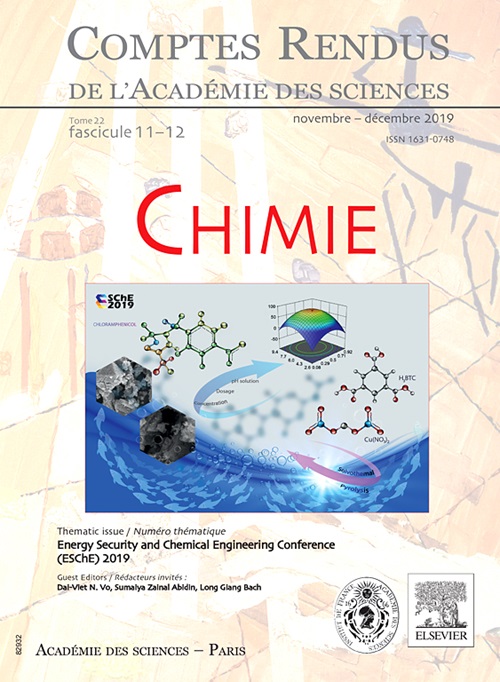温度相关应力-应变硬化曲线的深度学习
IF 0.6
4区 化学
Q3 CHEMISTRY, MULTIDISCIPLINARY
引用次数: 0
摘要
在这项研究中,结构-性质关系(SPR)已经使用机器学习方法(ML)进行了研究。研究目标是创建一个ML模型,该模型可以从给定的微观结构中预测材料在不同温度下的应力应变响应,具有工业上可接受的精度和高计算效率。开发了自动微观结构生成技术和数值模拟来创建ML模型的数据集。采用有限元分析方法对两相三维代表性体积单元进行了分析,得到了其应力应变响应。利用RVEs的相位排列、温度和应力应变响应来训练ML模型。输出参数为两相RVE的应力应变响应,其中各相的组织结构和随温度变化的力学性能为已知参数。ML模型在20°C至250°C的温度范围内显示出优异的预测精度。此外,与有限元分析相比,该模型具有很高的计算效率,可以更快地预测特定温度下的应力-应变曲线。本文章由计算机程序翻译,如有差异,请以英文原文为准。
Deep Learning of Temperature – Dependent Stress – Strain Hardening Curves
In this study, structure – property relationships (SPR) have been investigated using machine learning methods (ML). The research objective was to create a ML model that can predict the stress – strain response of materials at different temperatures from a given microstructure with industrially acceptable accuracy and high computational efficiency. Automated microstructure generation techniques and numerical simulations were developed to create a dataset for the ML model. Two – phase 3D representative volume elements (RVEs) were analyzed using finite element analysis (FEA) to obtain the stress – strain responses of the RVEs. The phase arrangement of the RVEs, the temperature, and the stress – strain responses were used to train the ML model. The microstructure arrangement and the temperature – dependent mechanical properties of each phase were known parameters, while the output parameter was the stress – strain response of the two – phase RVE. The ML model has shown excellent prediction accuracy in the temperature range from 20 °C to 250 °C. In addition, the model showed very high computational efficiency compared to FEA, allowing much faster prediction of the stress – strain curves at specific temperatures.
求助全文
通过发布文献求助,成功后即可免费获取论文全文。
去求助
来源期刊

Comptes Rendus. Chimie
化学-化学综合
CiteScore
2.10
自引率
25.00%
发文量
89
审稿时长
3 months
期刊介绍:
The Comptes Rendus - Chimie are a free-of-charge, open access and peer-reviewed electronic scientific journal publishing original research articles. It is one of seven journals published by the Académie des sciences.
Its objective is to enable researchers to quickly share their work with the international scientific community.
The Comptes Rendus - Chimie also publish journal articles, thematic issues and articles reflecting the history of the Académie des sciences and its current scientific activity.
 求助内容:
求助内容: 应助结果提醒方式:
应助结果提醒方式:


